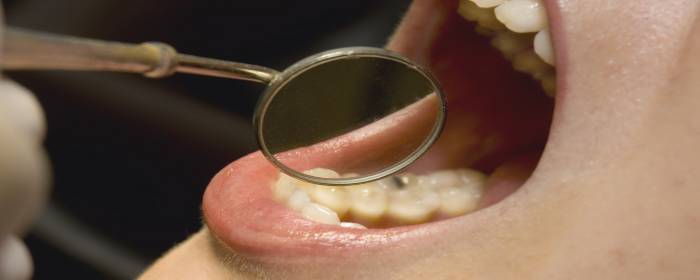
Stem Cells Show Promise for Treating Oral Disease
The application of stem cells to treat health disorders, diseases, and injuries has been rapidly expanding in recent years. The breadth of their application comes from the fact that stem cells are undifferentiated and can, therefore, differentiate into all sorts of cells with different specialized functions and therefore have an enormous number of potential ways that they can improve health. A review published in Frontiers in Physiology covers the way stem cells can be used for therapy of oral diseases.
According to the authors of the article, adult stem cells and induced pluripotent stem cells are the best types of stem cells to use to treat oral and maxillofacial defects. There are pros and cons associated with adult stem cells, including both autologous and allogeneic stem cells, as well as with induced pluripotent stem cells. For instance, whereas autologous stem cells can modulate the immune system, allogeneic stem cells appear helpful for malignant diseases, and induced pluripotent stem cells are unlimited in terms of their source and do not involve any ethical issues.
There are a number of potential sources for treating oral disease, including tooth germ progenitor cells, dental follicle stem cells, salivary gland stem cells, stem cells of the apical papilla, dental pulp stem cells, inflamed periapical progenitor cells, among others. While adults stem cells can differentiate directly into specialized cells or can be turned into induced pluripotent stem cells, induced pluripotent stem cells can be driven to differentiate into specialized cells.
Clinical trials have been undertaken to study the ways in which stem cells can address a number of oral diseases, including bone diseases, dental pulp diseases, eye diseases, facial diseases, and periodontal diseases, as well as tooth extraction. The strategies for treating oral disease with stem cells involve sorting and expanding the stem cells outside of the body, mixing them with materials and factors that help them grow, and implanting them into the impaired region.
Future research will help to delineate the different ways in which certain types of stem cells can best be used to address individual oral diseases. Studies will also help to uncover the specific types of stem cells that are best for specific diseases and the protocols that should be used to reap the greatest benefits for patients.

 St. Petersburg, Florida
St. Petersburg, Florida
